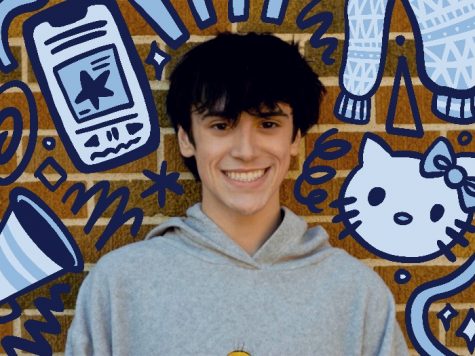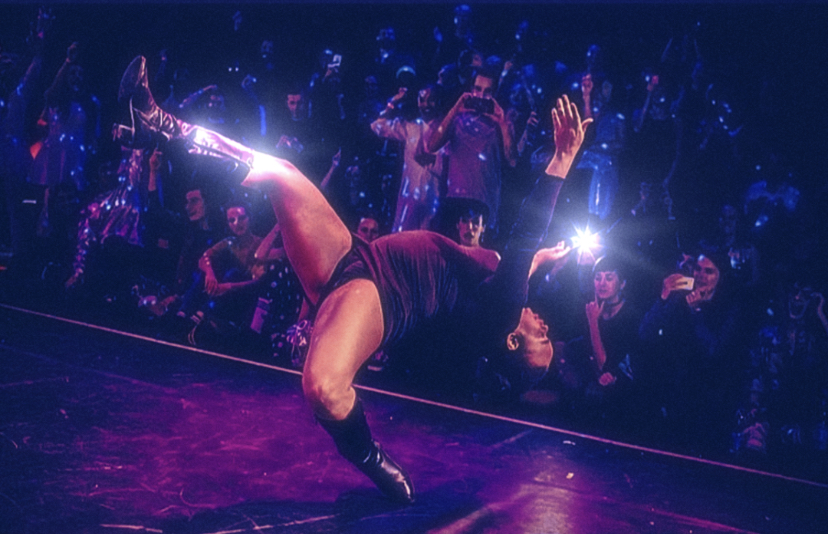Realness: The true extravagance of a Kiki Ball
Every year thousands of LGBTQ+ children are kicked out of their homes. With nowhere to go, these young people flee to big cities in hopes of survival and opportunity. Life is hard enough when you’re homeless, but being homeless in a system filled with systemic homophobia and racism sure doesn’t make it any easier.
LGBTQ+ homelessness puts these kids at higher risks of HIV due to survival sex work. Traumatized, terrified and abandoned, many of these teens and young adults set out in search of New York City’s legendary kiki scene, a close-knit community of mostly black and Latinx LGBTQ+ youth, some as young as 13 years old.
Kiki Balls are a rich part of LGBTQ+ history that dates back to the 1920s in New York City. An underground community that emerged in New York City during the Harlem Renaissance as a safe space for members of the LQBTQ+ community.
In the 80’s, ballrooms gained steam and national attention when the HIV/AIDS crisis led members to start advocating for equality, visibility and support.
In a world filled with hate for Queerness, Transness, and people of color, people were hungry for a safe environment that they could call home.
What is a ball?
A ball is a mix of performance, runway, dance and a celebration of all Queer identities. At the balls there are participants who compete in different categories to be judged by a panel of judges.
There is an array of categories such as vogue (a style of dance), best dressed, face, body, etc. These dictate the performance and allow the performers to add a sense of their own technique, style and personality. Obviously these categories take time and finesse to execute.
People that tend to triumph in the categories are considered “real” or have “realness”. The terms real and realness stem from the ability to blend, and that’s what it is. Queer people are faced with the struggle of having to pass as straight. If one does so, they are considered “real.”
It’s not meant to be satirical like how it is when a straight person acts gay, its solely a survival tactic — it’s a case of having to put yourself back in the closet.
Houses are the backbone of the ballroom scene. Houses serve as families, building the community and support that young homeless teens need. In a house there are “children,” a House Father or Mother; the House fathers/mothers are leaders and instruct the house.
People in the house typically share the same last name, usually one that is made up, and referred to as “House of” followed by their desired last names, such as “House of Xtravaganza.”
Today ballroom is best known for its dance style “Voguing” replicated by Madonna in her hit song “Vogue.” LGBTQ+ youth continue to seek safety in the community. There are still active “houses” in New York City that are continuing to provide young teens with hospitality and community.
Ballroom has provided thousands of lost LGBTQ+ members with shelter, hope, and purpose. They continue to push the boundaries of heteronormativity and gender roles and continue to be forever a monumental part of LGBTQ+ history.


